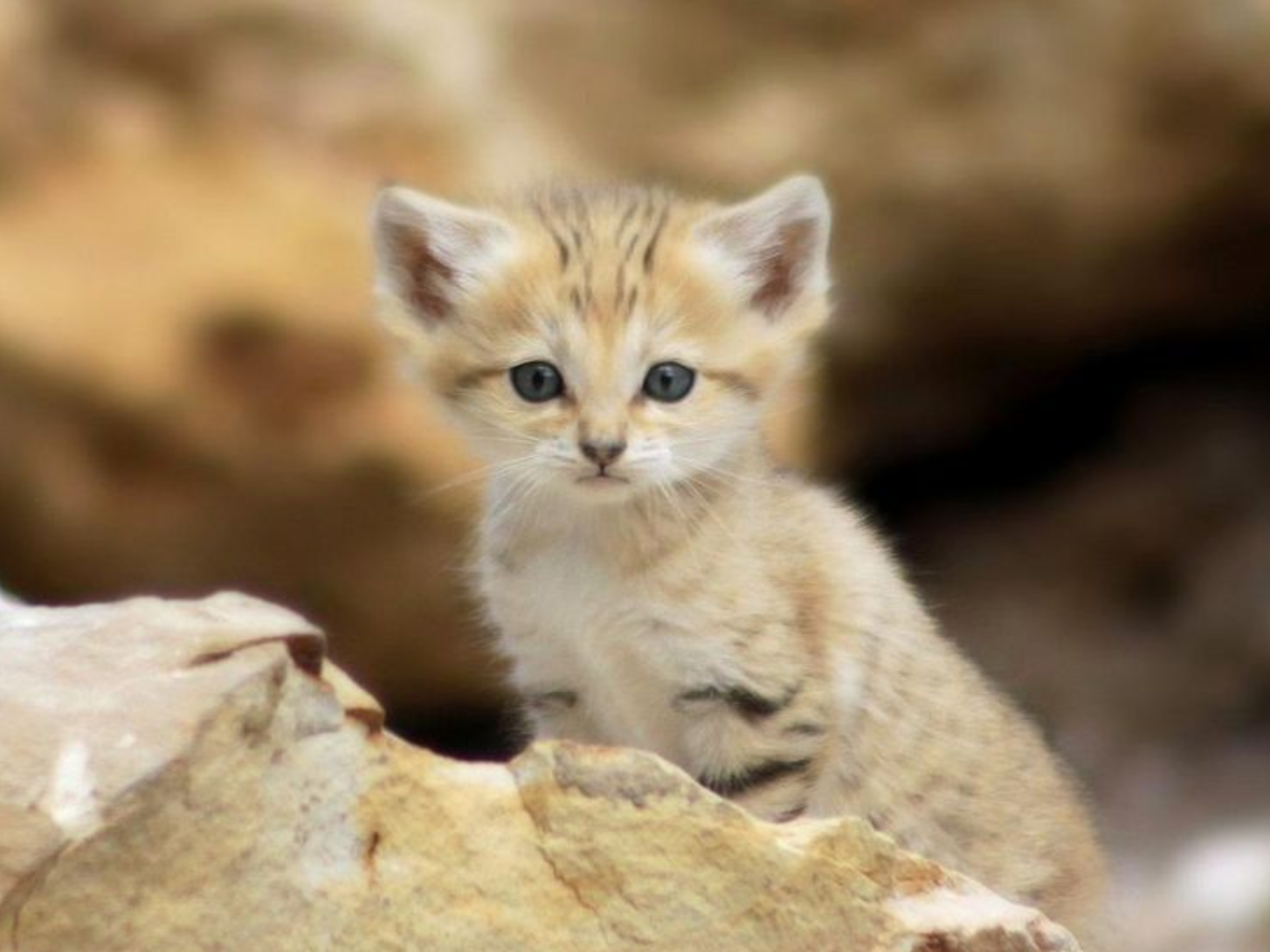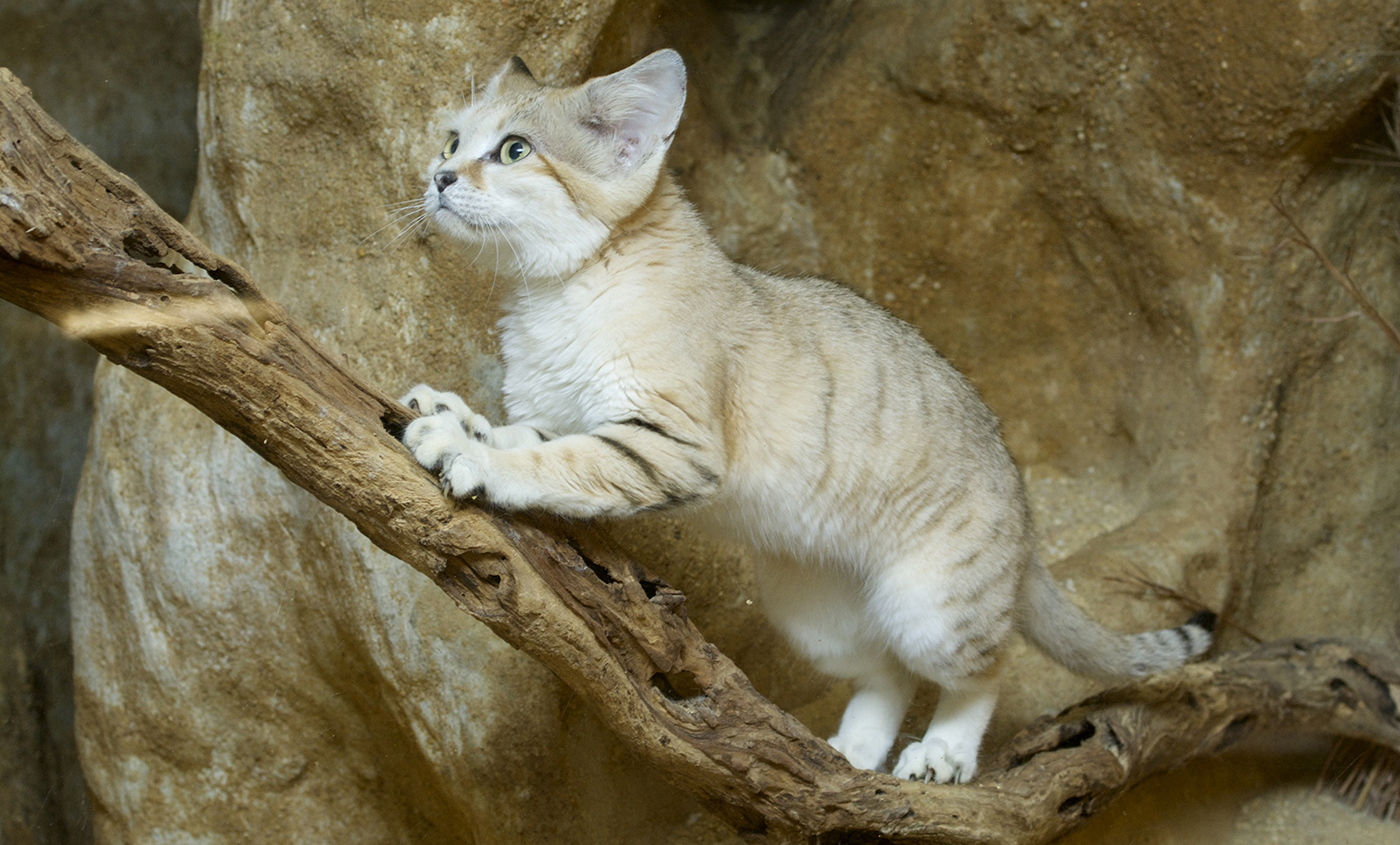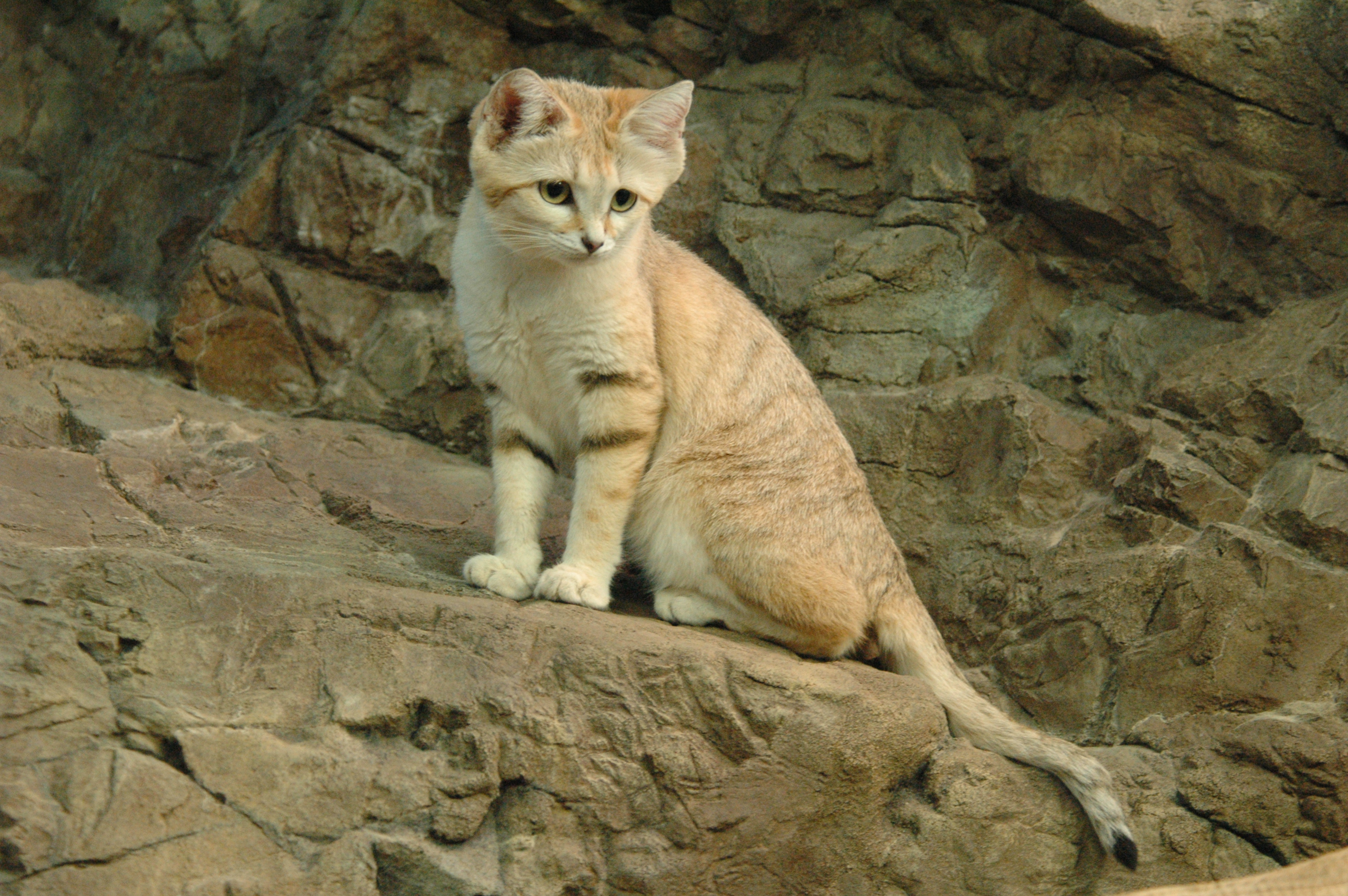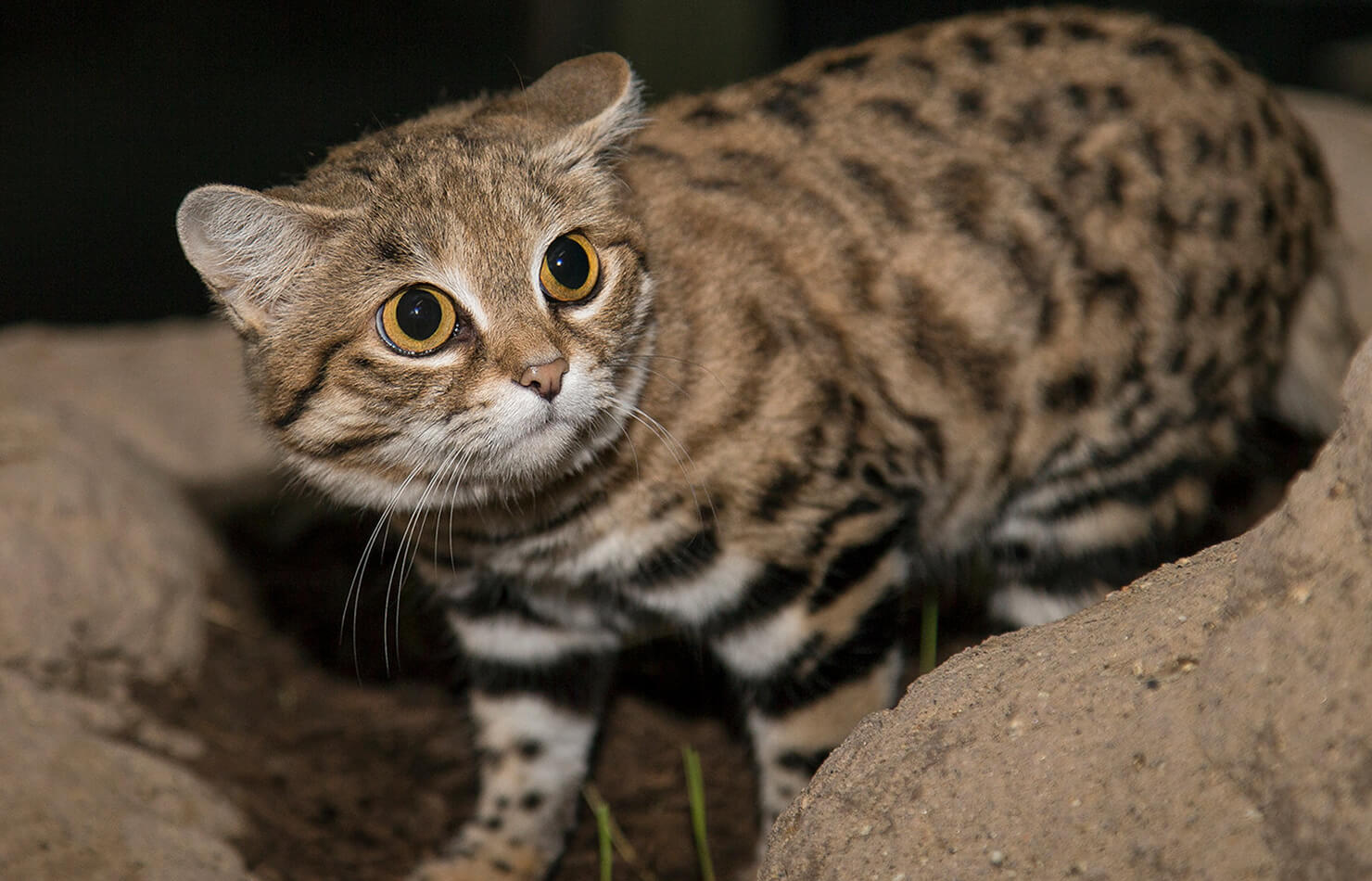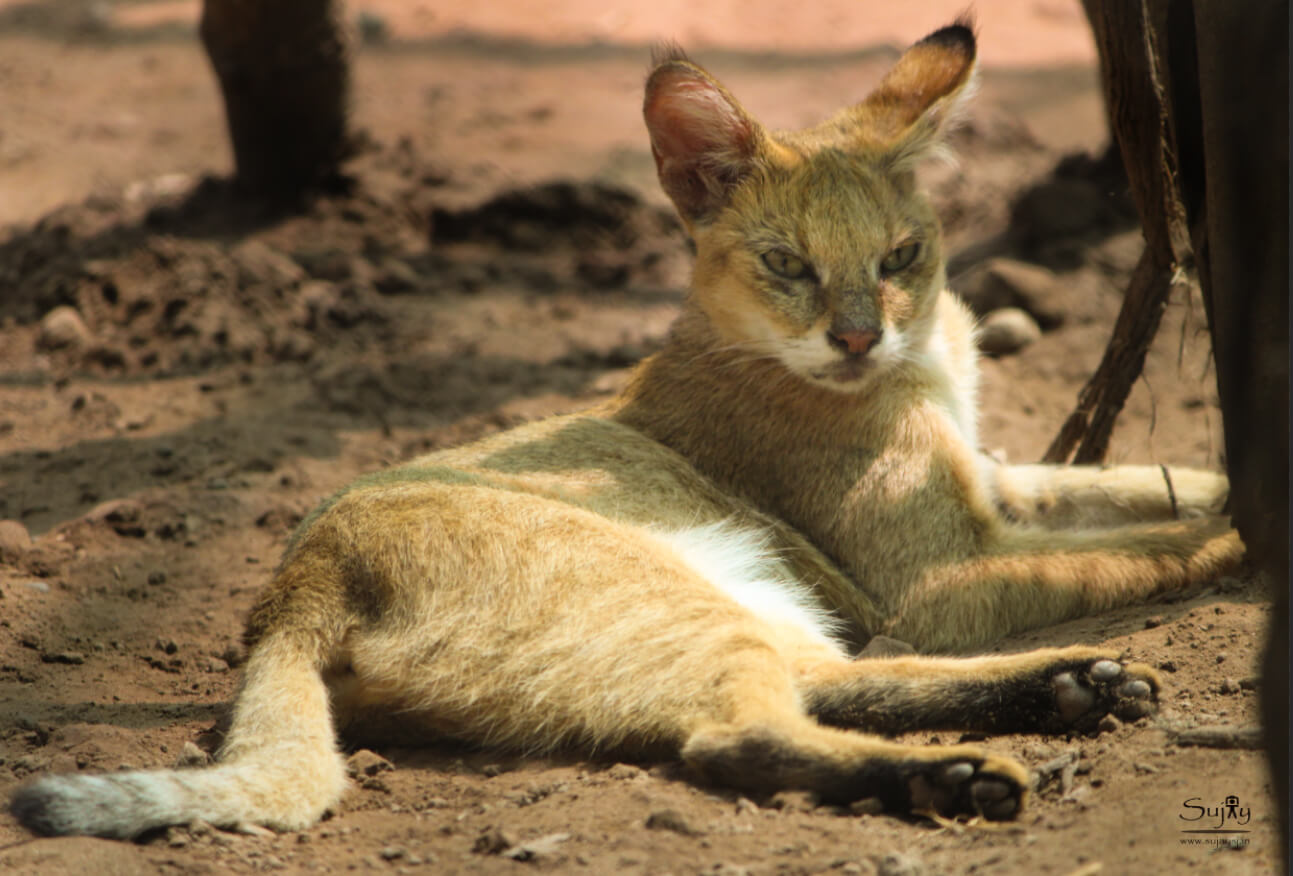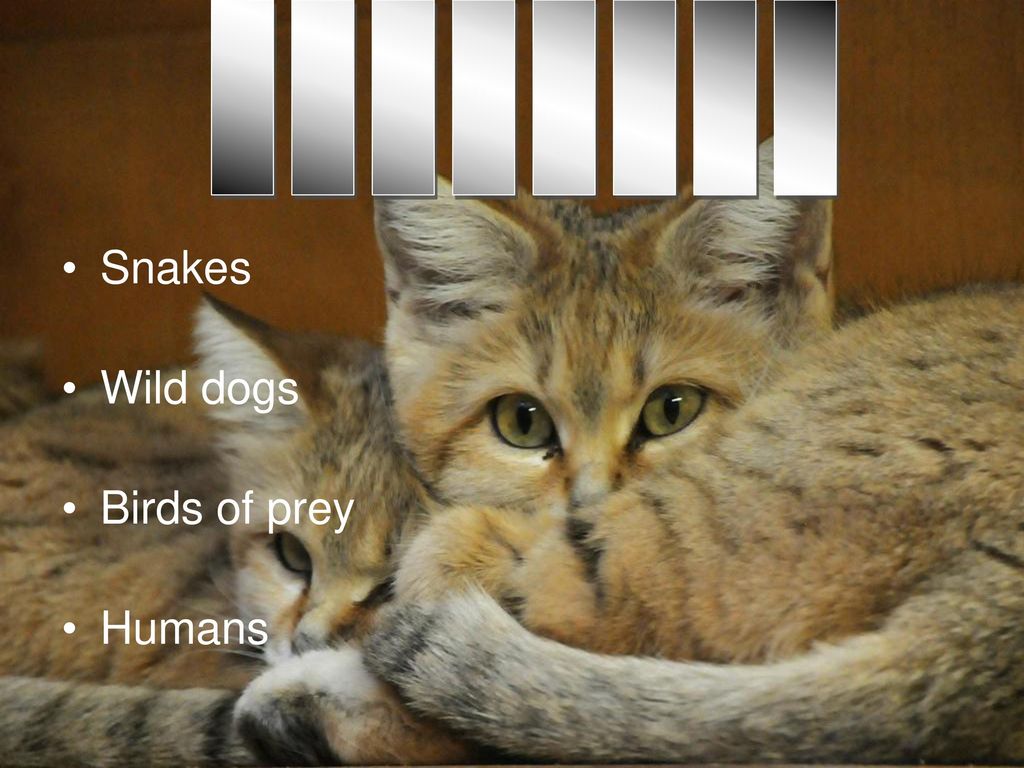Sand Cats Habitat Description

This animals sand colored coat is hard to see against dry bushes and sand and acts as protection for it.
Sand cats habitat description. Sand Cats are found in both sandy and stony desert. Sand cats are mainly carnivorous and eat small mammals reptiles including venomous snakes birds insects and. Sand cats live exclusively in desert regions.
Its head-and-body length ranges from 3952 cm with a 2331 cm long tail. They are sand-dwelling inhabiting dry plains and rocky valleys where conditions are extreme. The tail is ringed and there are dark horizontal bars on the legs.
Sand Cats Scientific Name. Its 57 cm short ears are set low on the sides of the head aiding detection of prey moving. Sand cats are born hunters.
Powered by Create your own unique website with customizable templates. Reddish streak that runs from its eyes across its cheeks. Hairy foot pads help with traction on the loose sand and to insulate it from the extreme hot and cold temperatures of the desert.
Conditions are extreme in the desert and temperatures can reach 124º F during the day and 31º F at night. Their dens were observed in the coastal cliffs. Sand cats live in three distinct regions of the world.
They become the prey of lizards small birds insects and snakes. The sand cat is the only cat species that lives mostly in desert environments. And allactaga tetradactyla and hamsters but also often takes sand grouse pterocles sp larks eg.


